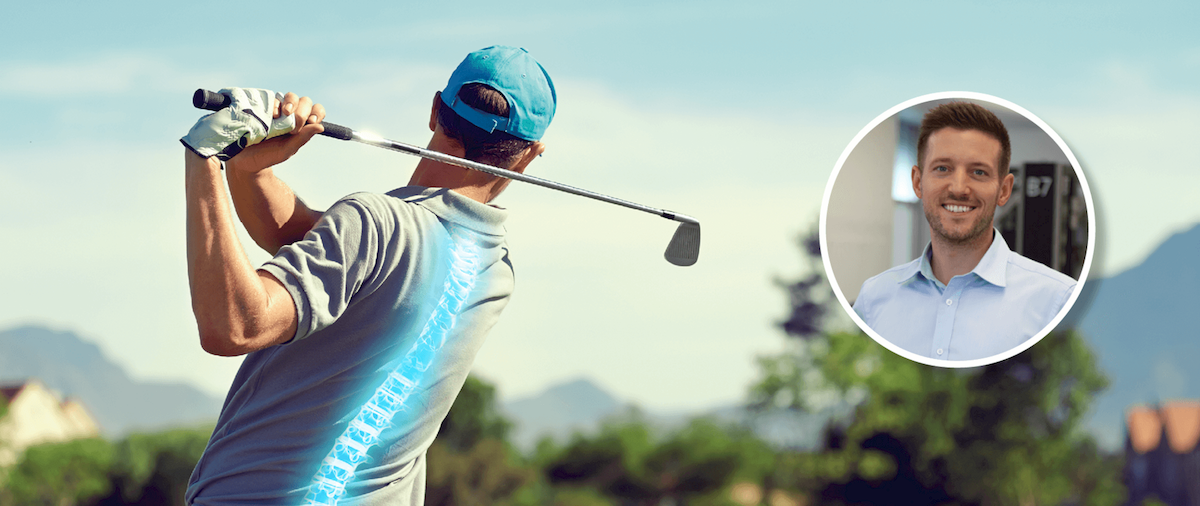Our community of golfers at Kieser have been buzzing after watching Jon Rahm's amazing win at the 2023 U.S. Masters Tournament at Augusta National over the weekend. Golf is a fantastic activity for those of all ages to participate in, however we know it can take a significant toll on the body. Avid golfer and Physio, Ben Enser, from Kieser Bundall has a lot of experience with managing golf injuries. “Many of the clients I see have experienced a decrease in their performance throughout their careers playing golf, and have been plagued by recurring back pain both during and after play. Given that golf is so important for many to bond with friends and engage with their community on a regular basis, it is essential that we keep our body strong to continue to play golf as we age."
By strengthening the key muscles used in the golf swing you can continue to enjoy a round of 18 and still feel great the next day.
Exercise 1: A3 Hip Abduction
Stability through the hips and pelvis is paramount for a repeatable and reliable golf swing. The A3 hip abduction machine focusses in on strengthening the glutes and our deep external rotators of the hip which helps to stop golfers from sliding in their swing.
Exercise 2: F1/F1.1 Obliques
Most golfers desire to hit the longest drive. The way you get a long drive is through a good swing, staying physically active and having a strong core capable of producing rotational force. The F1.1 exercise is a rotation through the thoracic spine and your core, using your obliques. When you think of your golf swing, the muscles responsible for a powerful swing are the same ones used on the F1.1 exercise.
Exercise 3: E4/E5 Internal and External rotation of the shoulder
Shoulder pain is a common injury during golf. In fact, up to 18% of golf injuries occur in the shoulder. This is because of repeated high velocity actions placed on the shoulder joint and surrounding muscles and connective tissues during the swing. This in turn may result in some rotator cuff injuries or injuries to the shoulder joint itself. At Kieser we use the E4/E5 machine which can help increase the strength of the rotator cuff muscles to protect the muscles and the shoulder against injury.
Exercise 4: F3/F3.1 Lower Back
Something that is extremely common in golfers is back pain, and it’s something we see a lot here at Kieser. There are many factors that are associated with back pain during golf, including the biomechanics of the swing or weakness in the back. Kieser’s F3.1 machine focusses on isolating and strengthening the lumbar extensors of the back, which is another key muscle used in our golf swing. The stronger our back can be, the better our swing can be.
Exercise 5: B6 Leg Press
Stability and mobility are essential components for a long golf career enjoying the sport we love. Generating ground reaction force through your golf swing is what helps us increase club head speed, thereby increasing ball speed and total distance the ball will travel. The B6 machine strengthens the large muscles of the legs (quadriceps, hamstrings, and the glute max) which are used in golf to provide a stable base but also to generate power. They also help to protect the knee from common sprains and muscle strains.
Maintaining a strong body is key to continuing to play golf without pain and or injury. If you have noticed your game slowing down or you start to develop any niggling pain during and after a game, chat to one of our team about incorporating some of these exercises into your Kieser program.






























